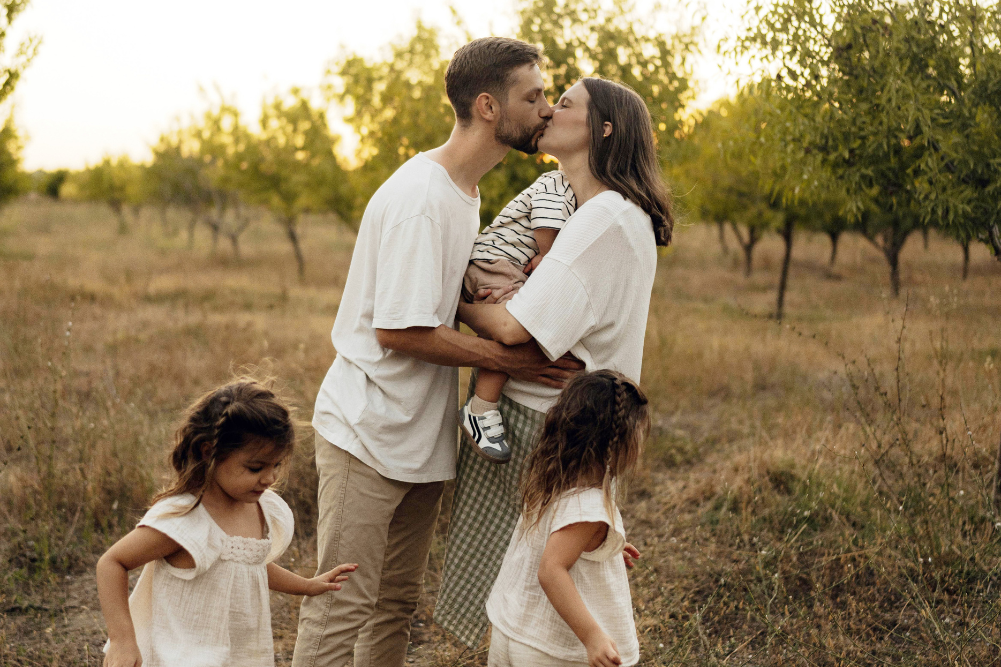The return to ritual
Enter a spa and you’ll hear the delicate tinkle of a bell ringing. The scent of smouldering sandalwood incense caresses your nose and the shadows from the beeswax tealight candles flickering against the latticed doors calm your soul. These are the features of many day spas, designed to set you at ease and bring you into a gentle, healing space.
Ritual has long been a part of our daily lives. Defined by some as a performance of a ceremonial act proscribed by tradition or sacerdotal decree, the definition of ritual continues to change and evolve. Where once, rituals were passed down over generations through different forms such as storytelling, music and literature, today this has changed.
The revival of the spa has renewed an interest in ancient rituals and ceremonies. Creators of treatments are reaching back for inspiration. Throughout history, secret rituals of health, beauty and longevity have been passed down through generations of families and today this tradition continues. You can experience incredible treatments for bath, hair and skin inspired by rituals once practised in indigenous cultures, temples and palaces.
Even the simple act of collecting ingredients and preparing them for treatments can be ceremonial. In some cultures, therapists will travel to the morning markets to hand-pick fruits, nuts, grains and flowers for their bathing and beauty rituals. By the ocean, you may observe healers collecting ocean water, shells and rocks for sea-inspired treatments, while in the mountains, the drawing of spring water from sacred rivers for hair rinses and foot baths is considered ritualistic.
Rituals by nature are spontaneous and free. They honour the fact that nothing is set in stone. All is energy and vibration. They do not need to be shrouded in silence or celebrated with solemnity. Rituals are ever-moving and changing. According to many traditions, rituals are best practised with gratitude and joy. The beauty of spa rituals is they honour the present. Whether lighting a candle or incense stick or bathing your skin in water, rituals in the spa bring you into the moment. Your heart, mind and body become centric. You are here.
Rituals also symbolise a return to earth. As we awaken to our earth’s natural treasures, we turn to her for inspiration. As the interest in preserving our environment expands, we request organic ingredients and treatments in our spas. No longer are we affected by the external. It’s having our feet in the earth that matters.
Where once upon a time we were concerned only with our tribe and community, today our vision has expanded. Little wonder spa rituals are multicultural. Inside the spa walls there’s little distinction between religious and philosophical preferences. Spas today offer rituals that blend the best of East and West. Imagine Eastern water therapies blended before you take a Chinese massage or shiatsu. All is welcomed and all is celebrated.
Relationships are integral to spa rituals. There have been numerous friendships formed against the backdrop of a spa. One of the delights about bathing in the hot springs in Japan is the people you meet. Laughter, chatter and sharing stories with strangers while immersed in healthful waters can be truly special. Our true nature emerges when we are in a harmonious space and deeper connections manifest.
It’s often the intention behind the ritual that is significant. In India, therapists may pray silently to the gods to give them the strength and integrity to help heal their guest. Every morning in Bali, therapists place offerings made of flowers, fruits and burning incense outside their spas to bless the day ahead with a Sanskrit prayer and three splashes of holy water. Through rituals, we understand it is our intention that creates a meaningful experience — perhaps our thoughts are the best medicine of all.
Rituals are also about self-empowerment. Increasingly, we realise that each of us has the answers to life within. If you look back to the origins of religion, medicine and other belief systems such as Ayurveda, you will discover they were created to encourage people to take wellbeing into their own hands. As ancient texts reveal, the purpose of life is to be self-sufficient. Infinite truth lies within each of us.
Many say we are on the brink of global transformation. What we think, we create. Whether you receive rituals in a healing spa environment or create your own at home, ultimately it’s the act of taking time for self that is most significant. After all, there really is nowhere else to be but here.
Spring detox
Make up these mixes first or use pre-mixed home spa products.
Oil rub
1-2 tbsp cold-pressed oil such as grapeseed, sesame or almond; 3 drops ginger, 2 drops bergamot and 1 drop lemongrass essential oils. Mix together.
Bath ingredients
1 cup (180g) fresh ginger, grated; 1 cup (20g) fresh flowers such as jasmine.
Scrub
2 tbsp ginger powder; 2 tbsp basmati rice, ground finely in coffee grinder; 5 drops lemongrass essential oil; 1 tsp honey; 4 tbsp coconut milk. Mix together into a creamy paste.
Moisturiser
1 tbsp cold-pressed oil such as olive, sesame or almond; 1 tsp honey; 2 drops each bergamot, jasmine and ginger essential oils. Mix together.
Directions
- Put on inspirational music. Dim the lights. Light an incense stick or burn essential oils in a vaporiser to create an atmosphere.
- Run a warm bath and add bath ingredients.
- Blend the oil rub over your body, using gentle strokes towards the heart and kneading to increase circulation, and step into the bathwater.
- Soak in the bath for up to 20 minutes, enjoying the silence and the fragrances in the air.
- Apply scrub, starting with your upper body and using circular movements to exfoliate your skin. Work your way down to your feet.
- Rinse off in cool shower. Towel dry. Apply moisturiser over your skin.
- Rest. Drink a cup of ginger tea.







